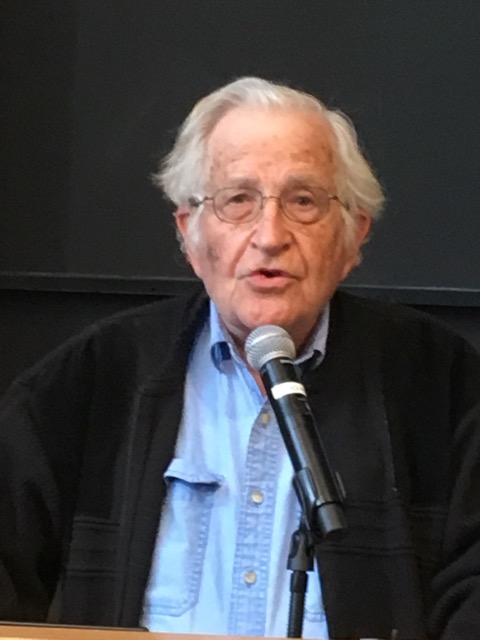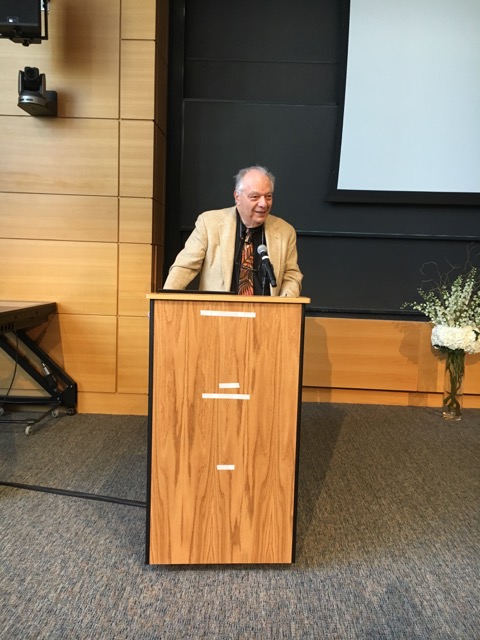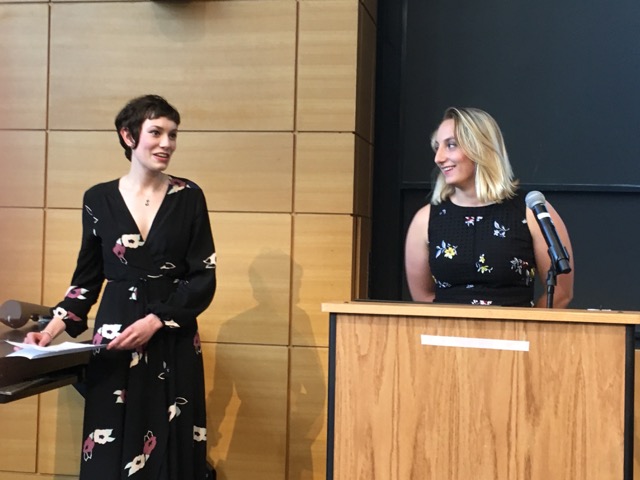Speaker: Edward Gibson (Department of Brain and Cognitive Sciences, MIT)
Title: Meaning explanations of two syntactic islands: Subject islands and Embedded-clause islands
Date and time: Thursday, May 17, 12:30-1:50pm
Location: 32-D461
Abstract:
Syntacticians have long proposed (a) that certain extractions from embedded positions are universally ungrammatical across languages and (b) that their ungrammaticality is not explainable in terms of meaning. These two ideas together imply the existence of syntactic universals in Chomsky’s Universal Grammar (e.g., Ross, 1967; Chomsky, 1973; and many more recent studies including Sprouse et al (2012) and Sprouse et al (2016)). In this talk, I will present data from studies of two different kinds of syntactic islands that strongly suggest meaning explanations for both, without any need for syntactic universals. First, I report collaborative work with Anne Abeillé, Barbara Hemforth and Elodie Winckel (CNRS, Paris), where we show that extractions out of subject position are actually easier to process than extractions from object position, in both English and French relative clauses, contrary to the claim of the universality of a so-called “subject island”.
1.
a. Object PP-extracted: The dealer sold a sportscar, of which the baseball player loved the color because of its surprising luminance.
b. Subject PP-extracted: The dealer sold a sportscar, of which the color delighted the baseball player because of its surprising luminance.
The subject extraction (1b) is rated better than the object extraction (1a) in both English and French relative clauses. In contrast, when the extraction is in a wh-question, object-extractions are better than subject extractions for either NP or PP extractions:
2.
a. Object NP-extracted: Which sportscar did the baseball player love the color of because of its surprising luminance?
b. Subject NP-extracted: Which sportscar did the color of delight the baseball player because of its surprising luminance?
Here, (2a) is rated better than (2b) in both English and French. This is one of the first examples of differing judgments across constructions thought to involve syntactic movement in Chomskyan frameworks. In order to account for these phenomena, we propose the Construction-based function-mapping hypothesis: (cf. Erteshick-Shir 1977; Kuno 1987; Goldberg, 2006): The discourse function of the extracted element should prefer to match the discourse function of the construction.
Second, I report collaborative work led by Yingtong Liu of Harvard in collaboration with Rachel Ryskin and Richard Futrell, in which we show that the grammaticality of extractions from embedded clauses as in (1)-(3) is best explained in terms of simple verb subcategorization frequency of the S-complement verb.
1. “bridge” verb extractions: Who did Mary think / say that Bill saw _
2. “factive” verb extractions: ?* Who did Mary know / realize that Bill saw _?
3. “manner” verb extractions: ?* Who did Mary mumble / stammer that Bill saw _?
We propose that the difficulty of these extractions is simply due to their plausibility in experience: the “bad” ones are just weird events. We can see the same effects in declarative versions; the extra bad ratings of the extracted versions are just scaled extra bad versions. And in context, the extracted versions get much better. The simple meaning-based explanation accounts for the ratings for extracted and unextracted versions, in and out of context. Furthermore, the interactions that others have observed (and that we observe) with respect to rating these types of materials (declarative / wh-question x easy / hard) is probably due to scaling issues in the acceptability scale: ratings are compressed towards the “good” end of the scale. Overall, we propose, following Ivan Sag and others, that perhaps all “islands” are meaning- and memory-based, contrary to the UG syntax claim.


 About 240 people attended in person, and the event was webcast. We have received numerous messages from colleagues around the world who watched the event live (some waking up in the middle of the night to do so), and from others who watched it later. The webcast can still be viewed at http://web.mit.edu/webcast/linquistics/halle/ — skip to 48 minutes in, the actual beginning. When we find a permanent home for a properly edited version of the video, we will let you know. Every speech was wonderful. Do watch.
About 240 people attended in person, and the event was webcast. We have received numerous messages from colleagues around the world who watched the event live (some waking up in the middle of the night to do so), and from others who watched it later. The webcast can still be viewed at http://web.mit.edu/webcast/linquistics/halle/ — skip to 48 minutes in, the actual beginning. When we find a permanent home for a properly edited version of the video, we will let you know. Every speech was wonderful. Do watch.






